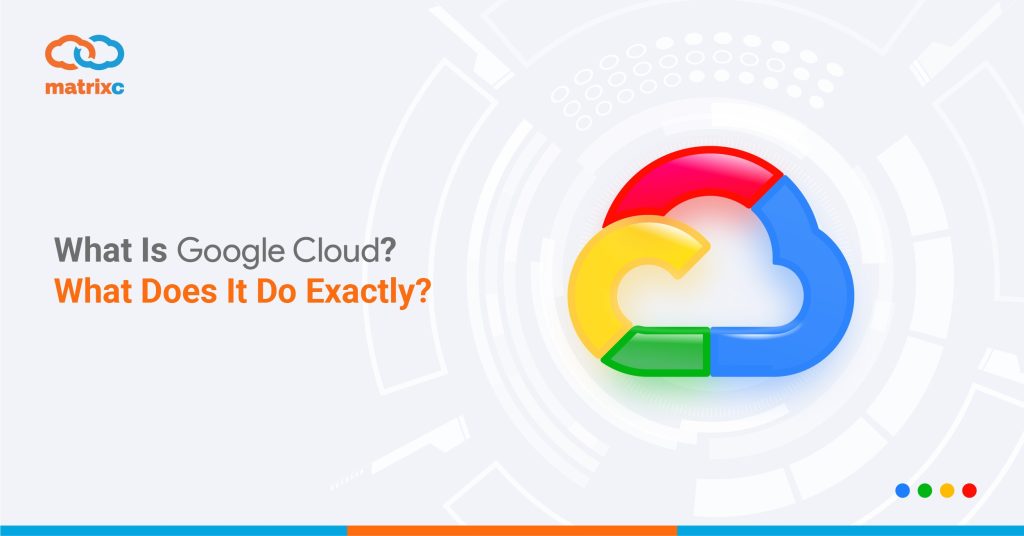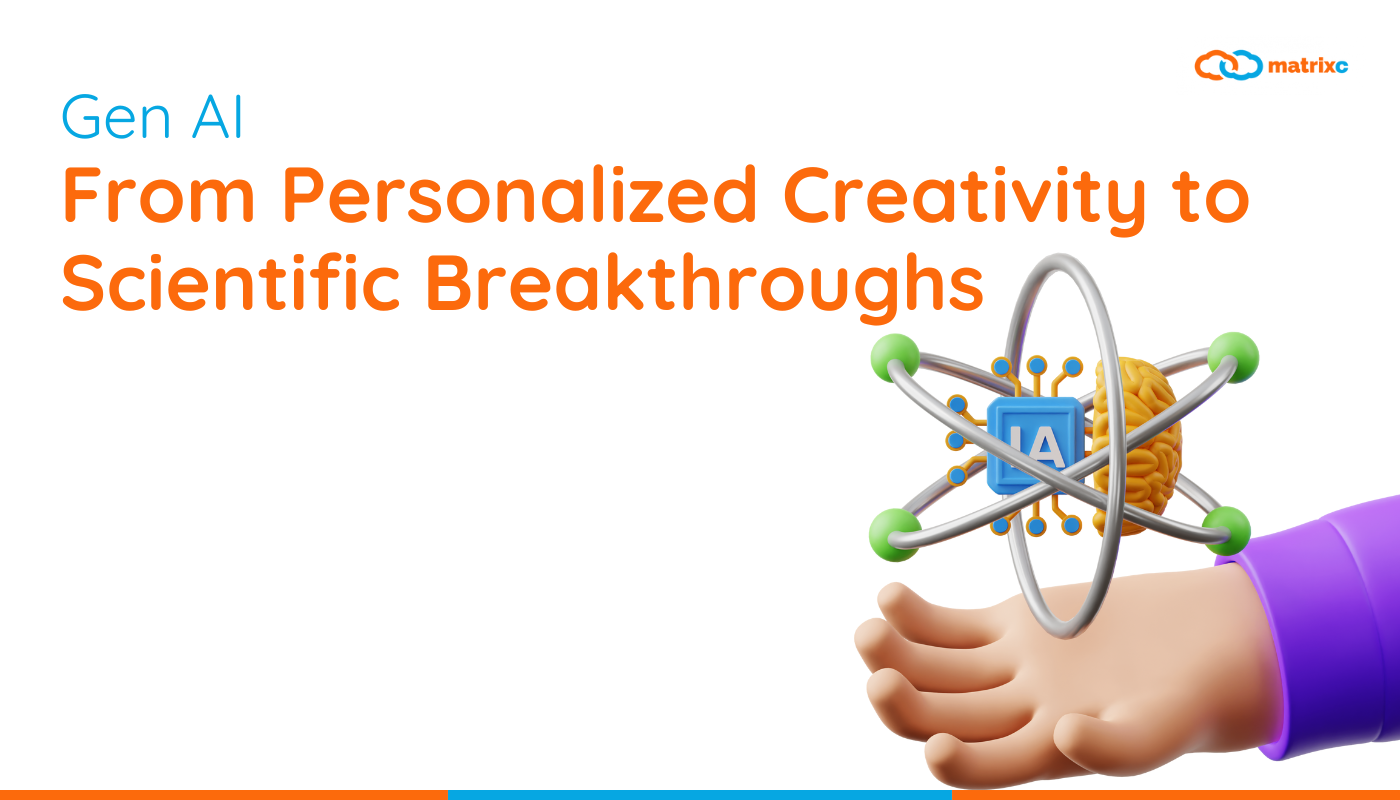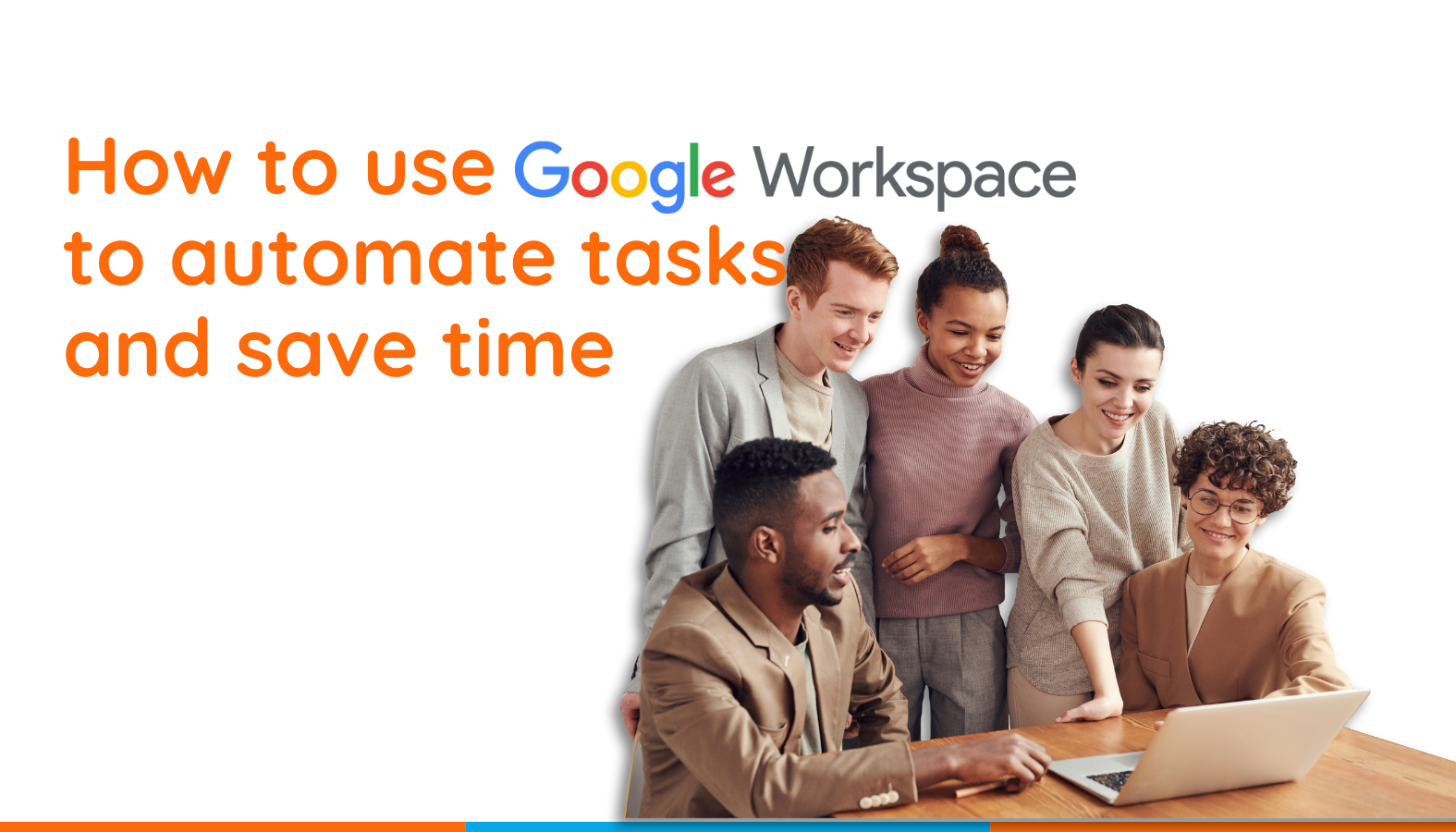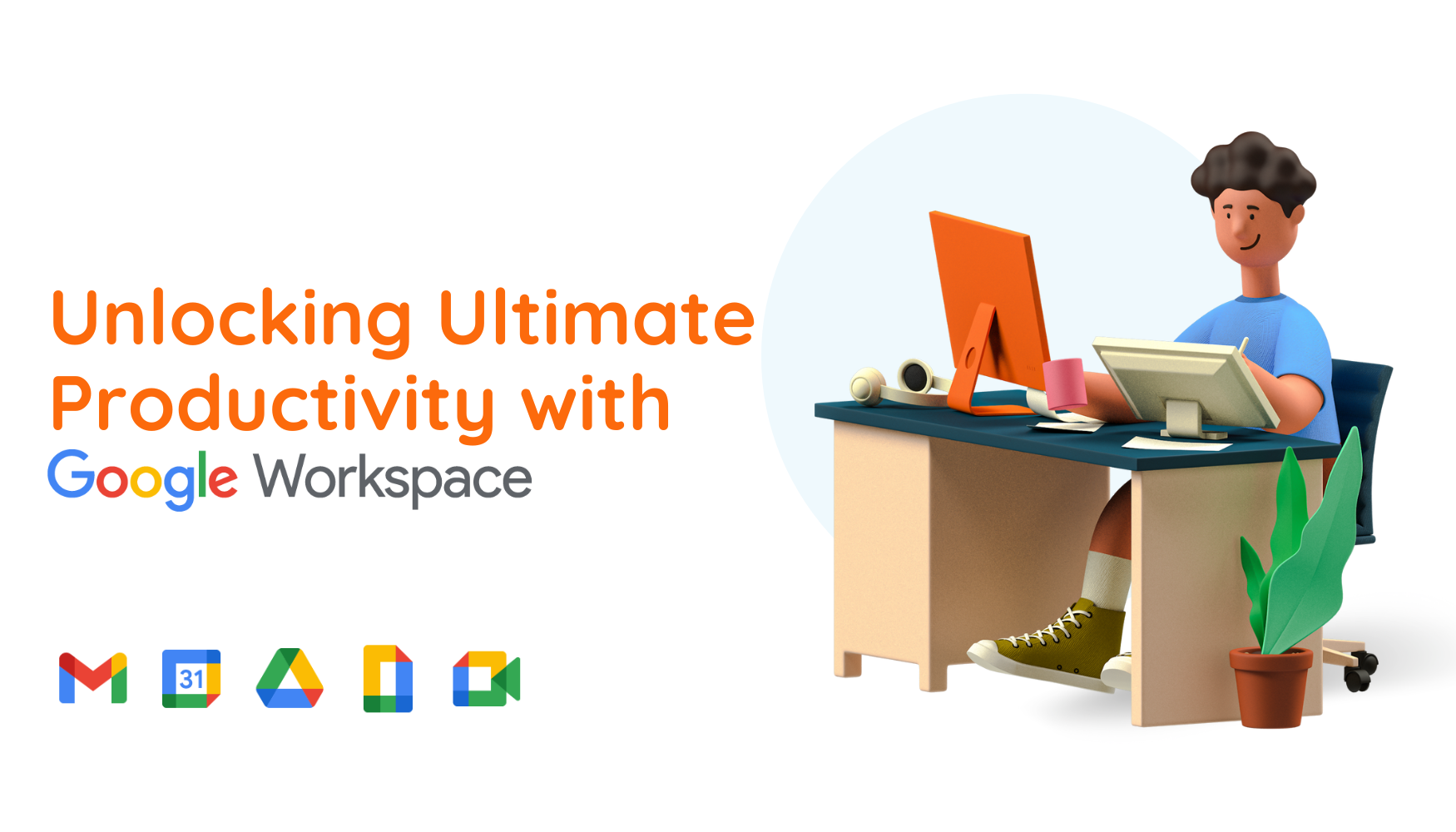The Google-owned platform, Google Cloud, is basically a group of cloud computing services that includes data storage, data analytics, and machine learning. It was first launched 12 years ago, in April 2008 as the App Engine. This platform is announced as the first cloud computing service of Google, and for developing and hosting web apps in its data centers. Since then, the platform has stayed very active and keeps developing more than once each year. The service has more than 90 products and is usually preferred by businesses (regardless of the size), IT professionals, and developers; to make their lives easier, flexible, safer, and efficient. In other words, the Cloud might be the need that you have been looking for for a while since it does all the work for you! Additionally, certifications are available for anyone who is interested in taking their knowledge to the next level.
What Google Cloud can do is making itself accessible from anywhere you want. It is one of the advantages of cloud computing services. You do not have to carry your laptop with you or e-mail a document to yourself just to have access to it on another device. All you need to do is logging into the cloud system with your information. In this way, your laptop wouldn’t be the only thing you trust, you wouldn’t have to think of what happens to all information you store just on your computer, or you wouldn’t need to create a network at your office to share documents and data.
Some of the products that the Cloud offers are Google Cloud Connect, Google Cloud Datastore, Google Cloud Messaging, Google Cloud Platform, and Google Cloud Print. By using these, you could have a database service, a notification service, a unique print system, or synchronize your documents to Google Docs at any time. As we all would presume, this service is not free of charge. But when you think about it overall, the price is being offered at its modest. We will talk about this in more detail later on.
Where is Google Storage located?
Google has an enormous reputation for building gigantic data centers all over the world. Even some of them are as big as a football field! They are critically positioned very close to hydroelectric reservoirs for it to be more accessible and economical. Also, located within the area of fiber optic networks to allow the fastest data transmissions. At the beginning of 2020, the Google Cloud Platform has reached 24 regions and 73 zones. The regions are specific locations where users place their cloud resources, and the zones are for dispatching these resources within a region. There are at least three or more zones under each region. These regions are spread all over the world to the USA, Canada, Belgium, Germany, India, Japan, Australia, and many more.
So, how does Google Cloud Storage work?
To simplify, the Cloud Storage stores our “things” as a file of any format we want. It stores these “things” in cases called “buckets”. These buckets are combined with “projects”, and you may reach your projects by grouping them under an “organization”.
You must create a project first, and then create the buckets, upload, and download your “things”. On the side, you would get to decide about the users’ accessibility to these buckets.
Whenever you would like to do something with the data stored on the Cloud, your actions become “data requests”. A data request might be editing, formatting, or just viewing the existing data. In a nutshell, these data requests are sent from your device to a Google machine. Even if you want to make a small change, it first goes to a copy of a machine that your device could connect to and then request changes to all copy machines (including the master one). After that, the master machine does the work and sends the information to all copy machines to do the same work. Then, the master one receives the confirmation from the copies of it about finishing the work and sends the information directly to you. So, it means the information never passes through the master machine which makes it safer and more secure.
How much does Google Cloud cost?
One of the best things about Google Cloud is definitely the pricing model. Instead of getting a fixed price and making an advance payment, you pay depending on your needs that is also not fixed. The cost keeps changing while you keep using it, according to what you use (per second). If you would like to know the roundly cost, you may use the pricing calculator of Google Cloud.
On top of this, if you are new to a cloud system or just want to see how it works with Google before making any commitment, you may create an account with $300 credit and a 90-day free trial. This free trial ends only if 90 days are over or if you would spend all of your credit.
Can Google Cloud host a website?
Yes! The Google Cloud web hosting offers alternatives for static and dynamic websites along with preconfigured and ready-to-deploy solutions on WordPress. The starting point might be getting a domain name, securing it, getting an email address for the business, building the website with no-code, and setting up online ads. Also, it is worth mentioning that pricing depends on usage and hosting.
















